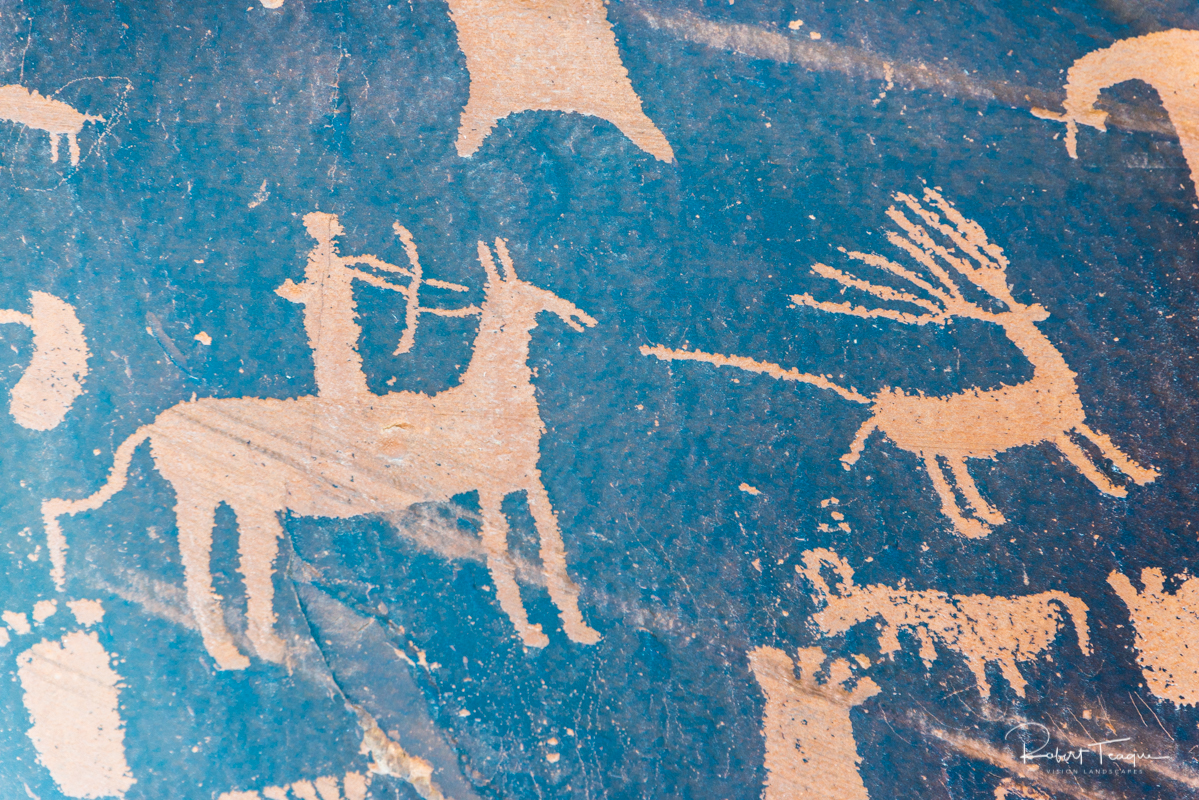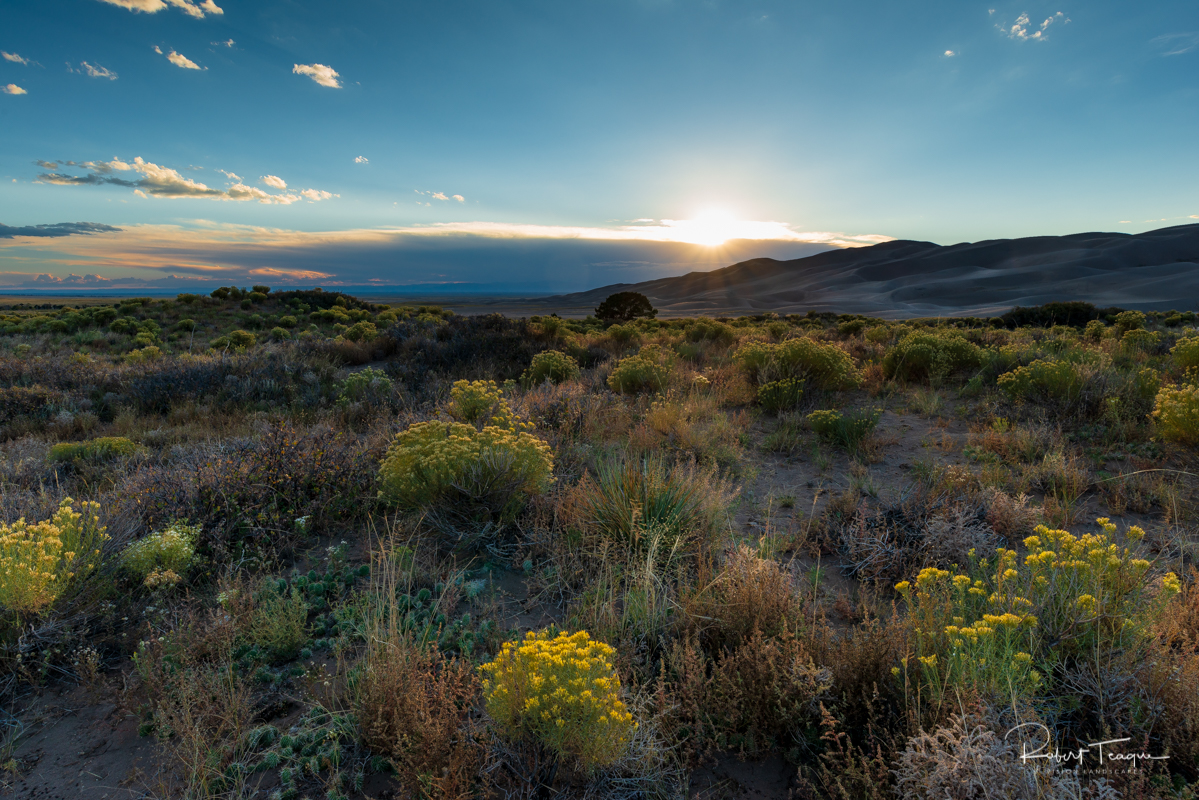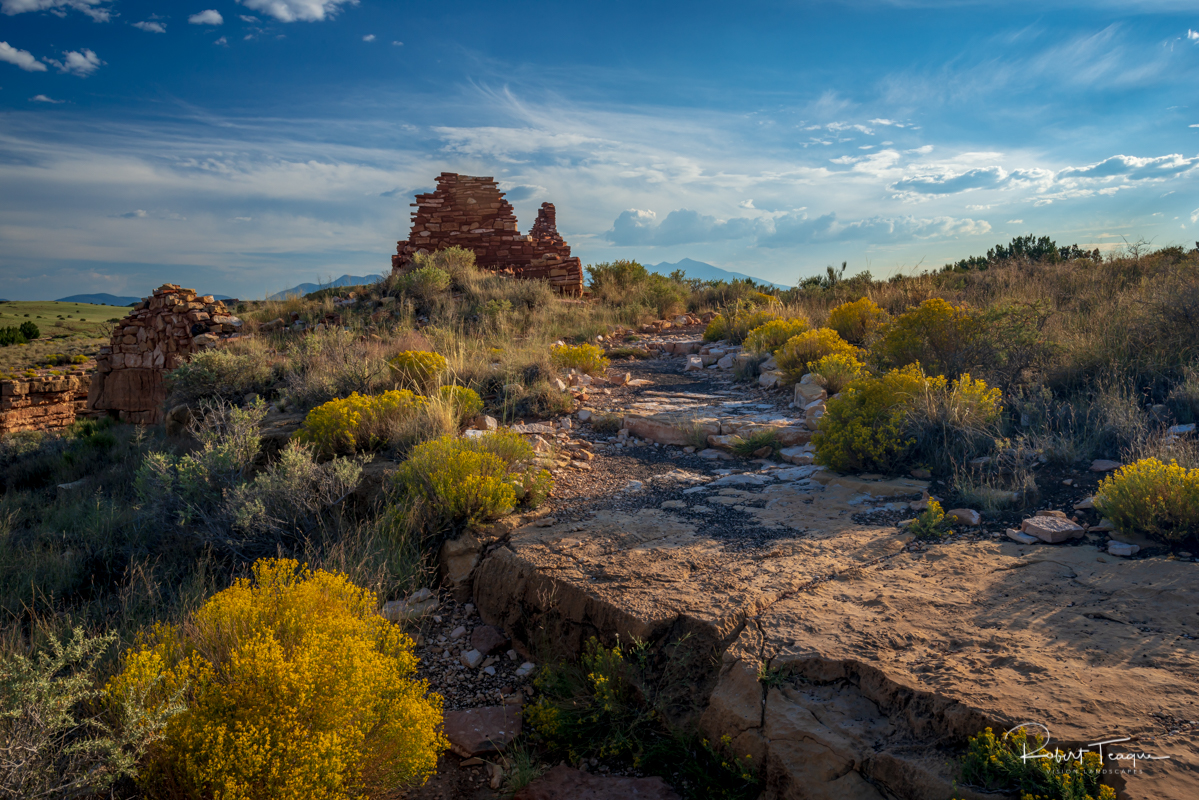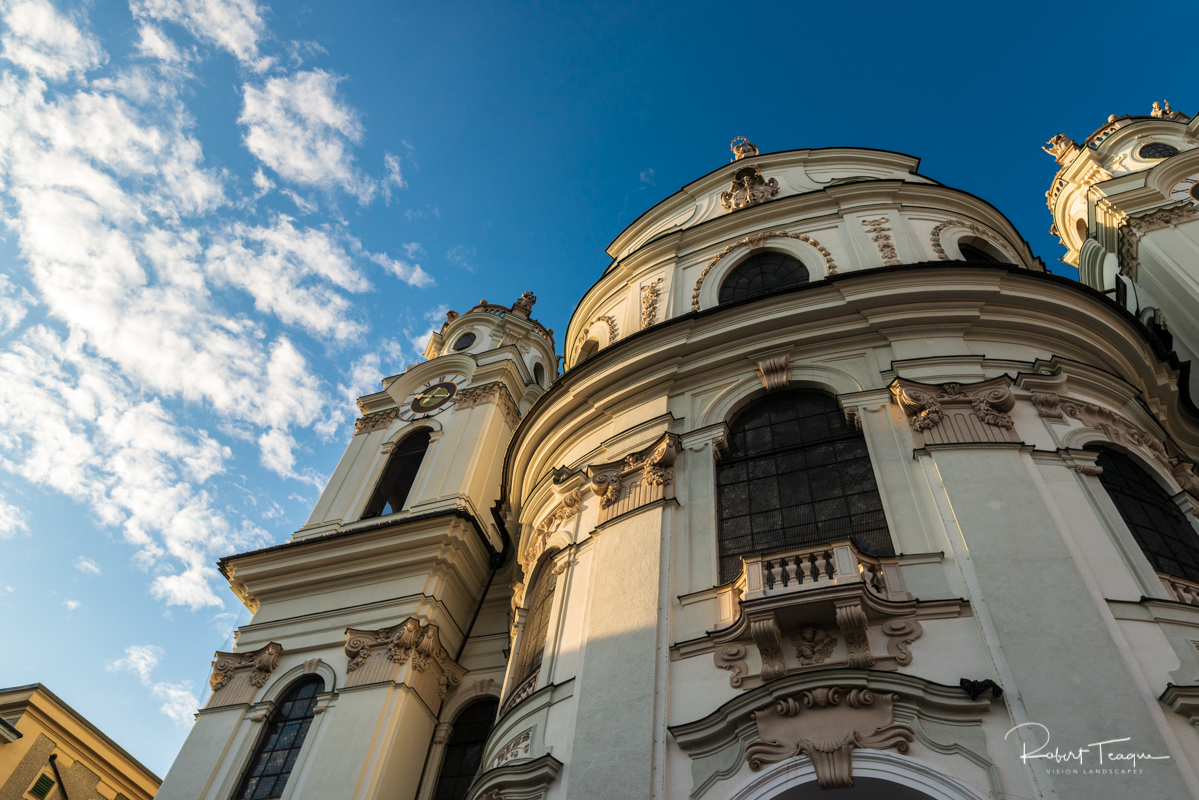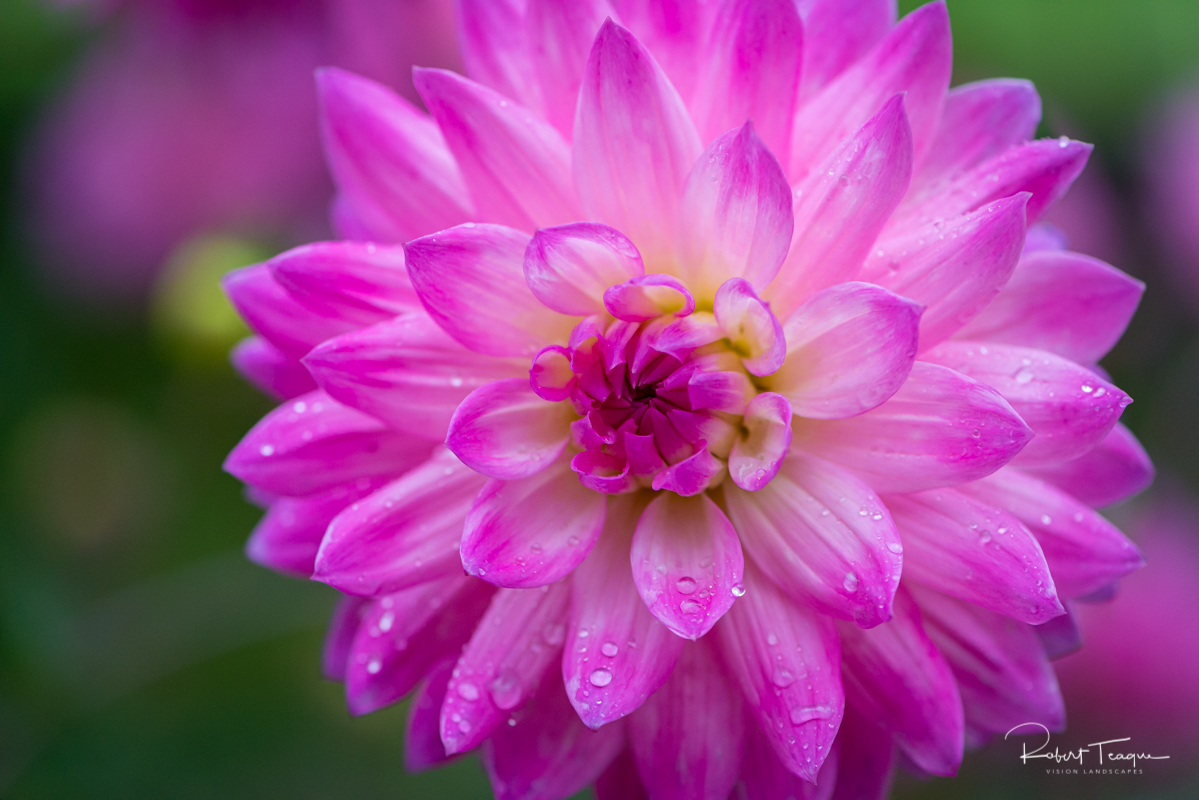Photo and Travel Tips
Often when traveling or spending time in nature, I think about little things that I do when photographing, to help me make the image. Additionally, whenever I travel I make a list of things about the location I'm visiting, as a memory aid, and as a guide to things I should look for. On this page, I present some of those tips and notes that I've developed over these years, in the hope others will find them valuable as well.
Photo Tip : Signs of Ancient Times
The American desert southwest is a treasure trove of rock art. Tens of thousands of petroglyphs and pictographs have been discovered in a variety of settings. The designs can be bold and prominently situated, or they can be tiny and concealed. My imagination has long been stirred by these captivating markings.
When photographing rock art I first make sure that I can photograph them without causing damage the rock art itself or the surroundings. Then I'll consider other factors. Has the shape of the rock been incorporated into the design? Have several markings been made on a single surface and if so, how do they overlap? Have designs been reworked? These questions, among others, help determine the focus of the composition.
Photo Tip : Expanding Circles
Photographer Ansel Adams popularized the concept of the "grand landscape." In spite of the simplicity of this type of landscape, they can be both difficult to achieve, yet emotionally rewarding when successful.
A technique that I learned many years ago, which I became aware of through reading "Listening to Nature" by Joseph Cornell, is the concept of Expanding Circles. This technique helps us focus attention more clearly on the landscape in front of us. In this technique you begin by sitting where you have a panoramic view - an interesting foreground helps - you begin by extending your awareness beyond the foreground to the nearby grasses and rocks. Think and feel about what it is you are seeing. Broaden your awareness further to include the elements of the land in front to ten, thirty feet, fifty feet, a hundred feet away, and finally on the distant ridge or mountain.
Photo Tip : Why Deeper?
Photography by its very nature turns a world of three dimensions into two. That change involves a flattening of the scene before us. As photographers, our aim is to create photographs that create within the viewer a deeper, fuller, longer experience. The means that it falls to us to recreate that depth. The scene Your scene may feel deep, and your experience at the time immersive, but you can not escape the effects of the flattening. It is possible to create the perception or illusion of depth, through the application of photography techniques. Going deeper requires understanding the role perspective plays within the scene.
We must remember when we begin this process that there is only one perspective in the scene: that of the photographer. Simply by moving around you change the angle of lines - the perspective - in the frame.
Photo Tip : Urban Environments
The cities of Europe just scream to be photographed. I'm particularly fond of Baroque architecture; to Baroque architects a building was to some extent a large sculpture. The principle idea behind this style of architecture is that of movement, usually expressed in the form of curves and counter-curves.
When photographing these magnificent building, it's important to consider their shape, as well as the materials used in its construction. Pay attention to how the light is reflected from the buildings elements at different times of day. Treat a building as you would any landscape - consider the subject and think about how you can use the lighting to produce the most flattering effect and bring out the details that matter the most.
Photo Tip : In Search of a Flower
Often missed in the wider landscape, flowers present a beauty and an emotional connection to the landscape around us. It is their simplicity combined with forms, patterns and colors that imparts to the viewer a sense of calmness and connects us to a quieter part of life.
When photographing a flower, and Dahlia's are my favorite species, I look for a series of repeating patterns, and let the overall color determine the mood I'm trying to convey. I generally use a shallow depth of field to focus the viewer on the part of the plant that I am concentrating on. I also seek mornings where the light is soft, and may use a small spray bottle of water to add small droplets of water to the flower; a small reflector, underneath the plant often provide greater definition to them (as well as helping to fill in shadows).
